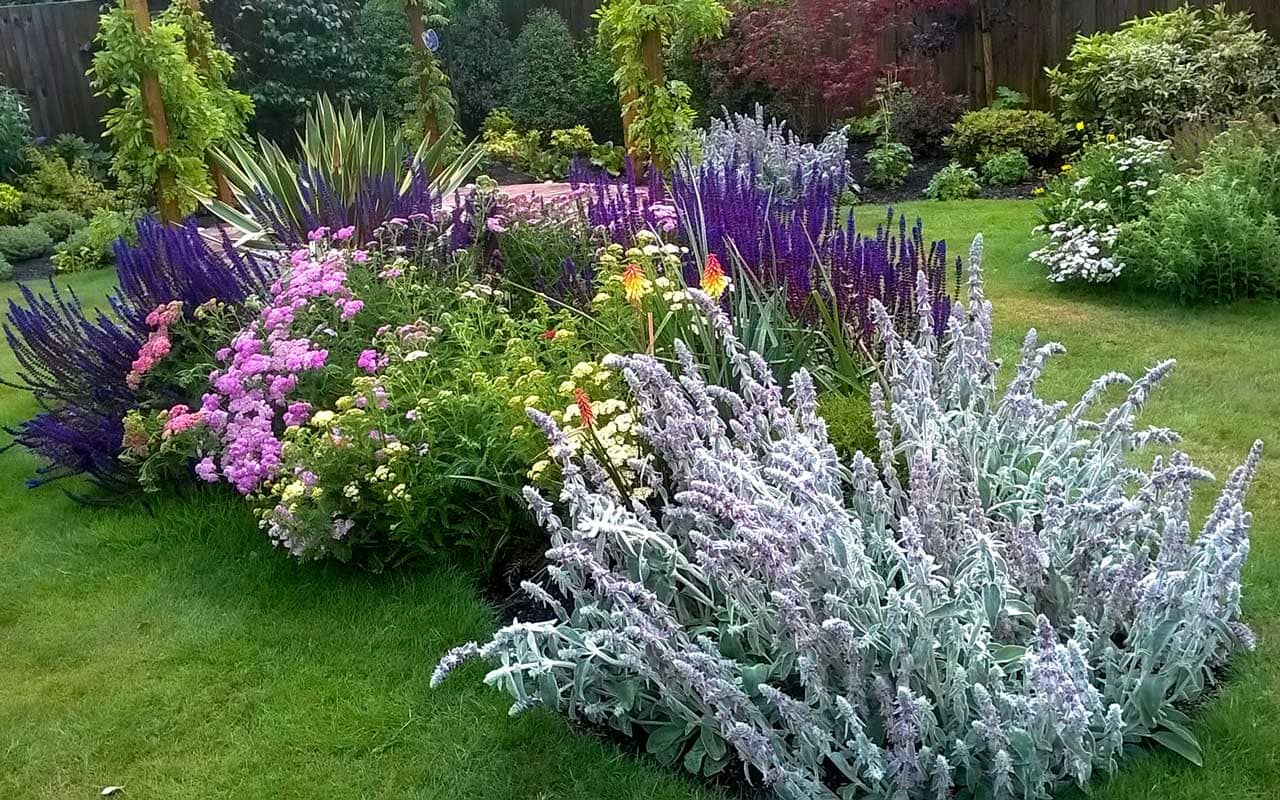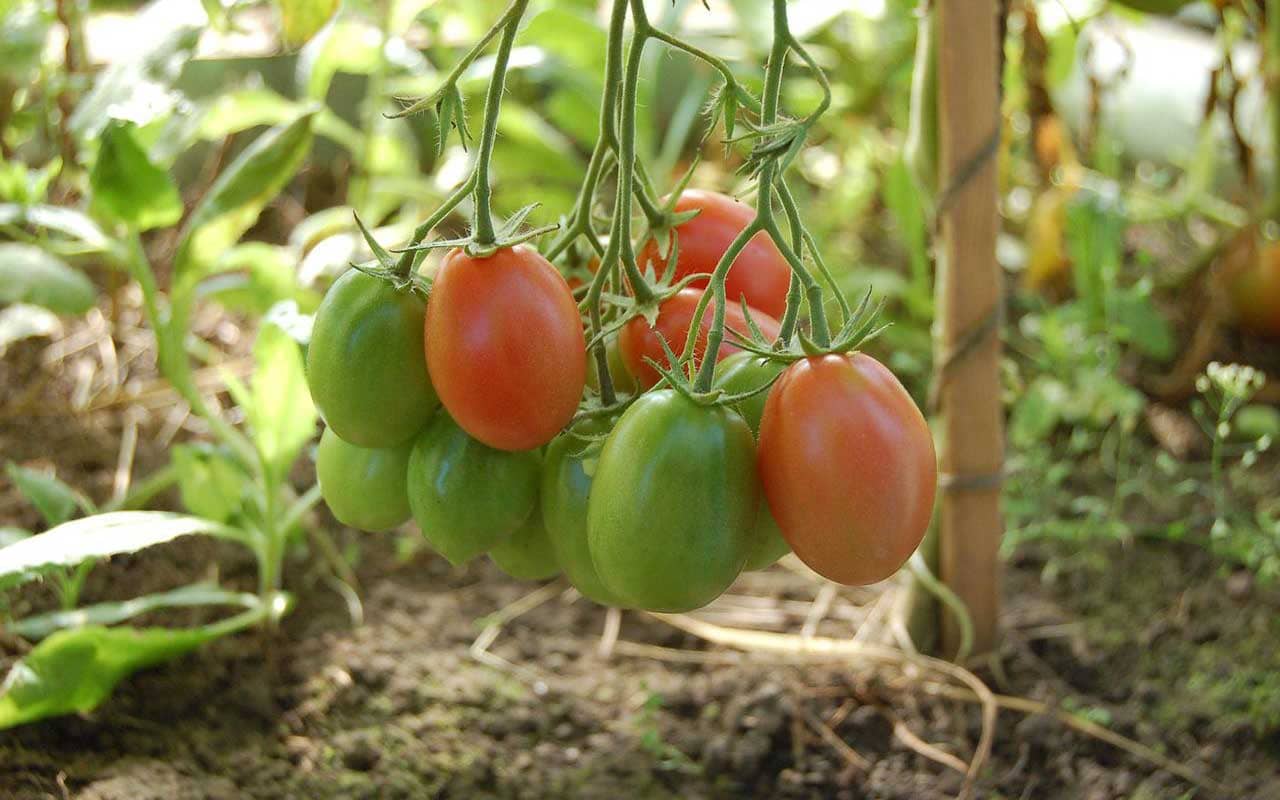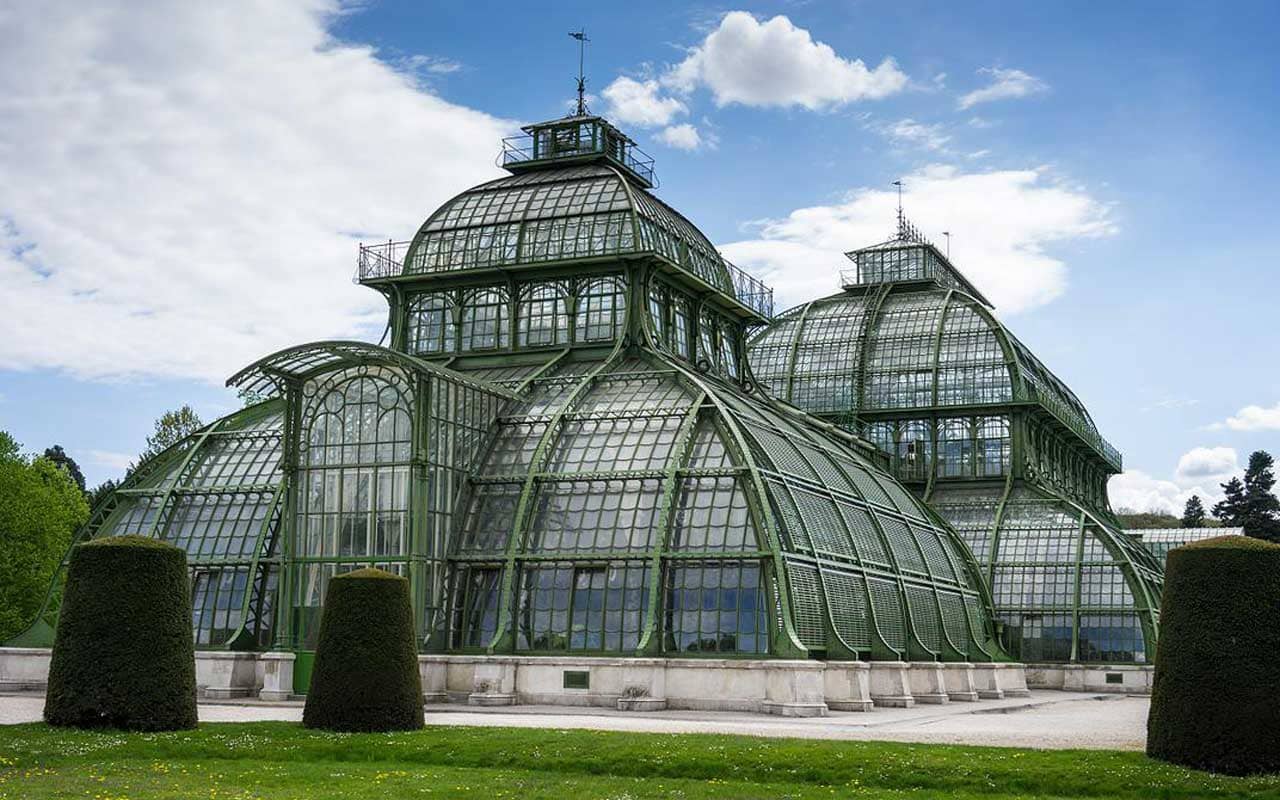For many gardeners, July is the most lush and colourful month in our gardens. It is probably also the month when we start harvesting our fruit and veg in earnest, too. Depending on the weather, it tends to be a month of watering and deadheading to keep everything looking and producing its best. Here’s to those long lazy days of summer – a few at least! – and here are some jobs for the days when you’re not feeling quite so lazy.
In the flower garden

Plants that are flowering now will appreciate regular water and perhaps a liquid feed to keep them looking good. And keep deadheading to ensure the plant puts effort in to producing new flowers rather than seeds. For example, sweet peas will reward you with more flowers the more you cut; if you missed a few blooms that are now turning into seed pods, snip them off to ensure more flowers.
If you are lucky enough to have lavender in your garden, now is the time to pick some of the stems for drying. Choose newly opened flowers and pick early in the morning if you can, then hang them in a cool dark place to dry.
Run a hoe around your beds and borders regularly as weeds will be quick to establish at this time of year. It’s good to get into the habit of watering hanging baskets and pots regularly as they will dry out much more quickly than anything in the ground. Unless we’ve had some really heavy rain, try to water in the morning or evening at least every other day; your hanging baskets will appreciate it if you can water daily.
In the fruit and veg plot
Much like flowers, our cropping plants will enjoy regular water an

d food at this time of year too. Much of what we grow – tomatoes, beans, courgettes, soft fruit – are made up largely of water so you are likely to get much larger, juicier crops if you keep on top of it.
Watering is also an opportunity to regularly check for pests, like aphids or cabbage white caterpillars. Most of these can be dealt with through organic means, like squirting with a solution of washing-up liquid or garlic spray, but just picking them off with your fingers (if you’re not squeamish!) can be as effective as anything.
If you’re coming to the end of your broad beans, cut down the stalks but leave the roots in the soil if you can. As they decompose, they release valuable nitrogen into your soil, which will help feed next year’s crops.
In the greenhouse
If we have some really warm weather, our greenhouses can quickly become too hot at this time of year. Remembering to open the doors and vents on fine days will help improve air circulation and hopefully prevent things overheating. If you need additional cooling, try adding some fabric for shade or watering the floor.
Because it can get so warm and because they never get rained on, the plants in your greenhouse need extra attention when it comes to watering. Again, it’s best to water early in the morning or later in the evening, when conditions are a little cooler; this helps reduce evaporation, ensuring more liquid gets to the plants. If you’re going away and don’t have a friendly neighbour willing to pop in and water, think about installing an automatic watering system to take care of it for you.
Your trees and shrubs

If you had lovely blossom on your fruit trees this spring, you can hopefully now see small fruits forming in its place. It seems counter-intuitive but now is a good time to thin out some of those fruit, to ensure a better quality and size of crop overall. Reduce clusters of fruits down to the two or three healthiest looking, removing any that looked mis-formed or damaged (they can go on the compost). The fruits that remain are likely to grow bigger without being crowded by competition.
If you have just planted trees or shrubs, remember to keep watering them, too, while they become established. And July can be a good time to trim conifers, hedges and any topiary. It’s possible that some birds are still nesting so please check before you start but trimming for shape now can keep hedges looking good well into the autumn.
Indoor plants

Don’t neglect your houseplants when it’s warm! Some would recommend a weekly feed at this time of year but certainly weekly watering and perhaps a spritz of mist to keep them moist and refreshed. On fine days, most houseplants will enjoy being moved outside for some fresh air and dappled sunshine. It’s a good idea to water them outside in the evening, allowing them to drip dry before you move them back indoors; water the whole plant, leaves as well, with a sprinkler rose as it helps to rinse the dust off.
If you are feeling green-fingered, now is a good time to take leaf cuttings from houseplants to grow more. Plants which propagate well from leaf cuttings include African violets, streptocarpus and Begonia rex. Gardeners World have a great guide on how to do this https://www.gardenersworld.com/how-to/grow-plants/how-to-take-cuttings-from-house-plants/
Finally, of course, don’t forget to spare a thought for our garden friends too. Keep bird baths and water features topped up to ensure insects, hedgehogs and birds all have plenty of ways to stay hydrated. Perhaps think about making a bee bath in a shallow dish too: more details on how to do that here https://www.nectarandbumble.co.uk/blog/read_154327/how-to-create-a-bee-friendly-garden.html
